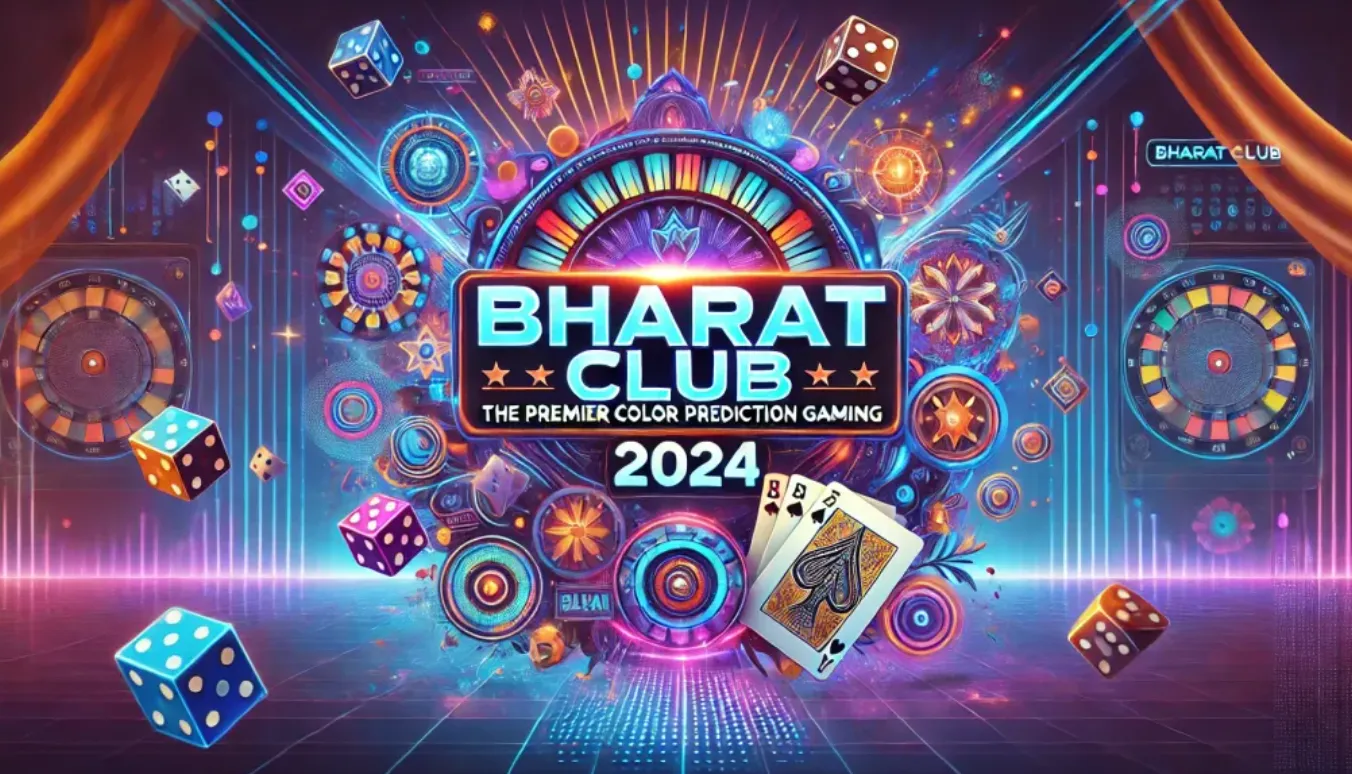
Online color prediction games have become a staple in the digital entertainment ecosystem, offering users a fast-paced, visually engaging experience that blends chance with strategy. While the core mechanics of these games remain consistent throughout the year, player behavior and engagement levels often fluctuate in response to seasonal changes. From festive surges to summer slowdowns, the rhythm of the calendar plays a surprisingly influential role in shaping how, when, and why people engage with color prediction platforms. Understanding these seasonal trends can provide valuable insights for developers, marketers, and players alike.
The Winter Surge: Holidays and High Engagement
The winter months, particularly December and January, often see a significant uptick in online gaming activity. This surge is largely driven by the holiday season, when people have more free time, disposable income, and a desire for entertainment. Color prediction games benefit from this seasonal shift as users seek quick, engaging distractions between family gatherings, travel, and year-end celebrations.
Platforms often capitalize on this period by launching holiday-themed events, offering limited-time bonuses, and introducing festive color palettes. These seasonal overlays not only enhance the visual appeal of the games but also create a sense of urgency and exclusivity that drives user participation. The psychological association of holidays with luck and gifting further amplifies the appeal of prediction-based games during this time.
Spring Awakening: Renewed Interest and Fresh Campaigns
As winter fades and spring arrives, there is often a renewed sense of energy and optimism among users. This seasonal shift is reflected in gaming behavior, with many players returning to platforms after a brief hiatus or exploring new games as part of their springtime routines. Developers frequently use this period to roll out updates, refresh user interfaces, and introduce new features that align with the themes of renewal and growth.
Spring also marks the beginning of the academic and fiscal year in many regions, which can influence user demographics and spending patterns. Students may engage more during breaks, while working professionals might explore gaming as a stress-relief tool during transitional periods. The combination of fresh content and seasonal optimism makes spring a fertile ground for re-engagement campaigns and user acquisition efforts.
Summer Slowdown: Competing with Outdoor Activities
Summer presents a unique challenge for online color prediction games. With longer days, warmer weather, and school vacations, many users shift their focus to outdoor activities, travel, and social events. This seasonal lifestyle change often leads to a dip in daily active users and session durations across gaming platforms.
To counteract this trend, developers may introduce summer-themed challenges, loyalty rewards, or referral incentives designed to maintain engagement. Mobile optimization becomes particularly important during this season, as users are more likely to access games on the go. Lightweight apps, offline modes, and push notifications can help sustain interest even when users are away from their usual routines.
Autumn Rebound: Routine Returns and Strategic Play
As summer winds down and routines resume, online color prediction games often experience a resurgence in activity. The return to school and work schedules brings structure back into users’ lives, creating predictable windows of opportunity for gaming. This period is marked by more strategic and consistent play, as users integrate gaming into their daily habits.
Autumn also coincides with several cultural and religious festivals around the world, including Diwali, Halloween, and Thanksgiving. These events provide opportunities for themed content, special promotions, and community-driven campaigns. The combination of routine and celebration makes autumn a strategic season for reactivating dormant users and deepening engagement with existing ones.
Cultural Calendars and Regional Variations
While global seasons influence overall trends, regional and cultural calendars add another layer of complexity. In countries like India, for example, festival seasons such as Navratri and Holi can drive massive spikes in user activity, independent of the global seasonal cycle. Similarly, Ramadan and Eid in Muslim-majority countries or Lunar New Year in East Asia can significantly impact user behavior and platform performance.
Understanding these cultural nuances allows developers to tailor their content and marketing strategies to specific audiences. Localization of themes, language, and promotional timing can dramatically enhance user resonance and platform loyalty. In this context, seasonal trends are not just about weather—they’re about aligning with the emotional and cultural rhythms of the user base.
Data-Driven Adaptation and Predictive Planning
Modern color prediction platforms increasingly rely on data analytics to anticipate and respond to seasonal trends. By analyzing historical user behavior, developers can identify patterns in engagement, spending, and retention across different times of the year. This data-driven approach enables predictive planning, allowing platforms to schedule updates, promotions, and feature rollouts for maximum impact.
Machine learning algorithms can also be used to personalize the user experience based on seasonal preferences. For instance, a player who tends to be more active during winter evenings might receive targeted notifications or exclusive offers during that time. This level of personalization not only boosts engagement but also fosters a deeper connection between the user and the platform.
Final Thoughts: Embracing the Seasonal Pulse
The activity surrounding online color prediction games is far from static. It ebbs and flows with the seasons, influenced by holidays, weather, cultural events, and lifestyle shifts. For developers and marketers, recognizing and adapting to these seasonal rhythms is essential for sustaining user interest and driving growth. For players, understanding these trends can enhance their experience, helping them make the most of seasonal events and opportunities.
As the genre continues to evolve, the most successful platforms like Bharat club app will be those that not only respond to seasonal trends but anticipate them—offering timely, relevant, and engaging experiences that resonate with users year-round.